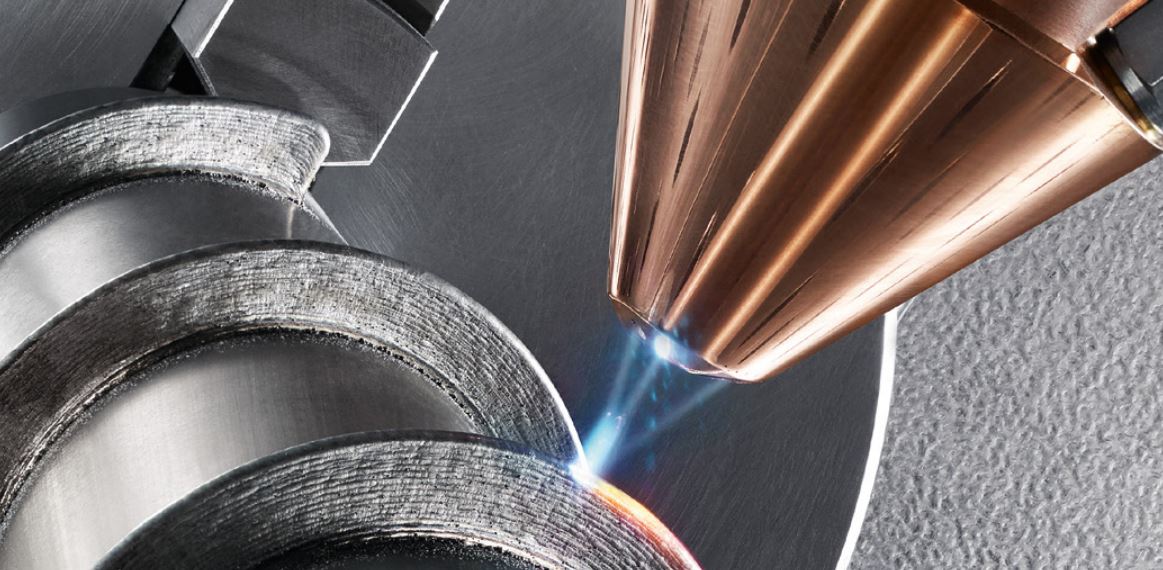Laser und Lasersysteme für die Materialbearbeitung
VDMA photonics steering committee congratulates light physicist Stefan Hell
Frankfurt, Germany, 15 October 2014 – The members of the VDMA photonics steering committee congratulate the physicist Professor Stefan W. Hell of the Max Planck Institute for Biophysical Chemistry in Göttingen, Germany. Together with the two Americans Eric Betzig and William E. Moerner, he was awarded this year’s Nobel Prize in Chemistry for his developments in super-resolved fluorescence microscopy. The microscopy method developed by Professor Hell represents a breakthrough development in the field of photonics.
“Awarding the Nobel Prize to Stefan Hell is a strong statement, not only that excellent, world-class science is being practised in Germany, but also that optical technologies can offer solutions for problems which seem to be insoluble,” explains Jürgen Valentin, Chairman of the Board of NanoFocus AG and member of the photonics steering committee. Dr. Rüdiger Hack, General Manager of Laser 2000 GmbH and likewise member of the photonics steering committee, adds: “We’re very pleased that this major award also attracts wide-ranging attention to the key technology of photonics.”
The development of blue light-emitting diodes (LEDs) has already been honoured with this year's Nobel Prize in Physics, so this Nobel Prize in Chemistry is the second award that the Royal Swedish Academy of Sciences has conferred to the field of photonics, “the technology of light.” In this respect, the awards also make a clear statement on the key technology of photonics: because light – and optical technologies – can be used to find solutions and new pathways to address today’s scientific challenges. That is evident in the fact that we have overcome the diffraction limit formulated by Ernst Abbe more than 100 years ago which, until now, had been considered as the absolute limit of resolution in optical microscopes. According to Abbe’s theoretical limit, objects lying closer than 200 nanometres together could no longer be distinguished from one another in an image due to the wave nature of light, whereby a half wavelength roughly corresponds to those 200 nanometres. Applying a completely new concept, Professor Hell managed to go well beyond that lower limit. With STED (Stimulated Emission Depletion) microscopy – the technology he invented and refined for practical application – the resolution is no longer limited by the wavelength of the light. As a result, structures in a cell can be observed for the first time with up to ten times sharper detail than with conventional fluorescence microscopes.
Stefan Hell’s work has opened a door to entirely new approaches in biological and medical research.




